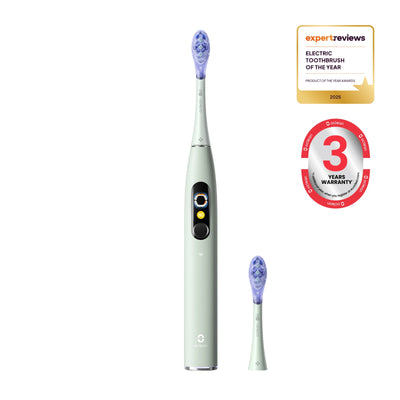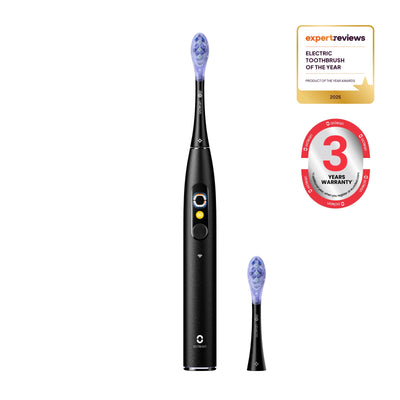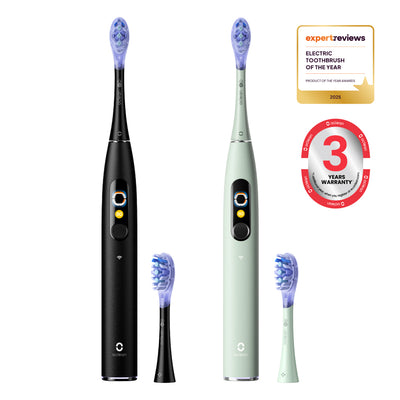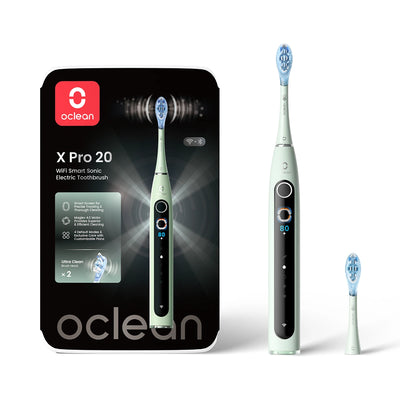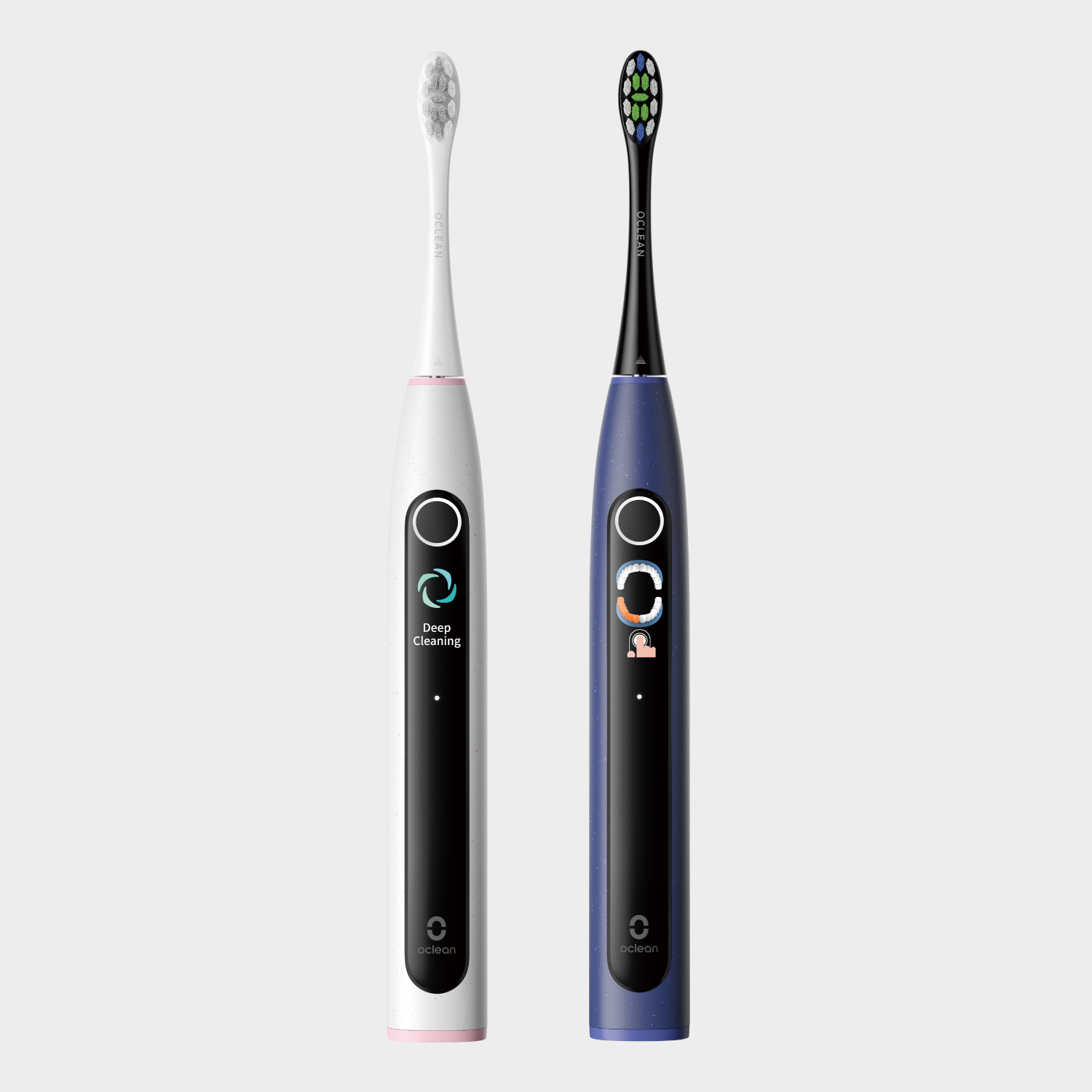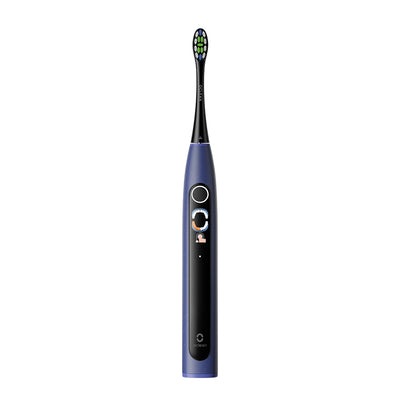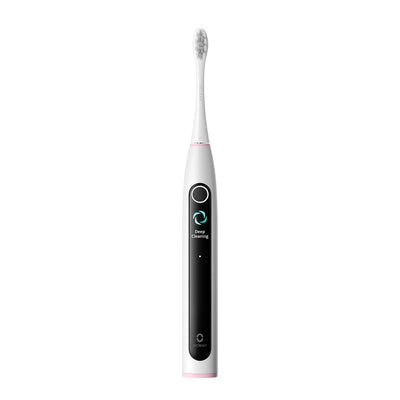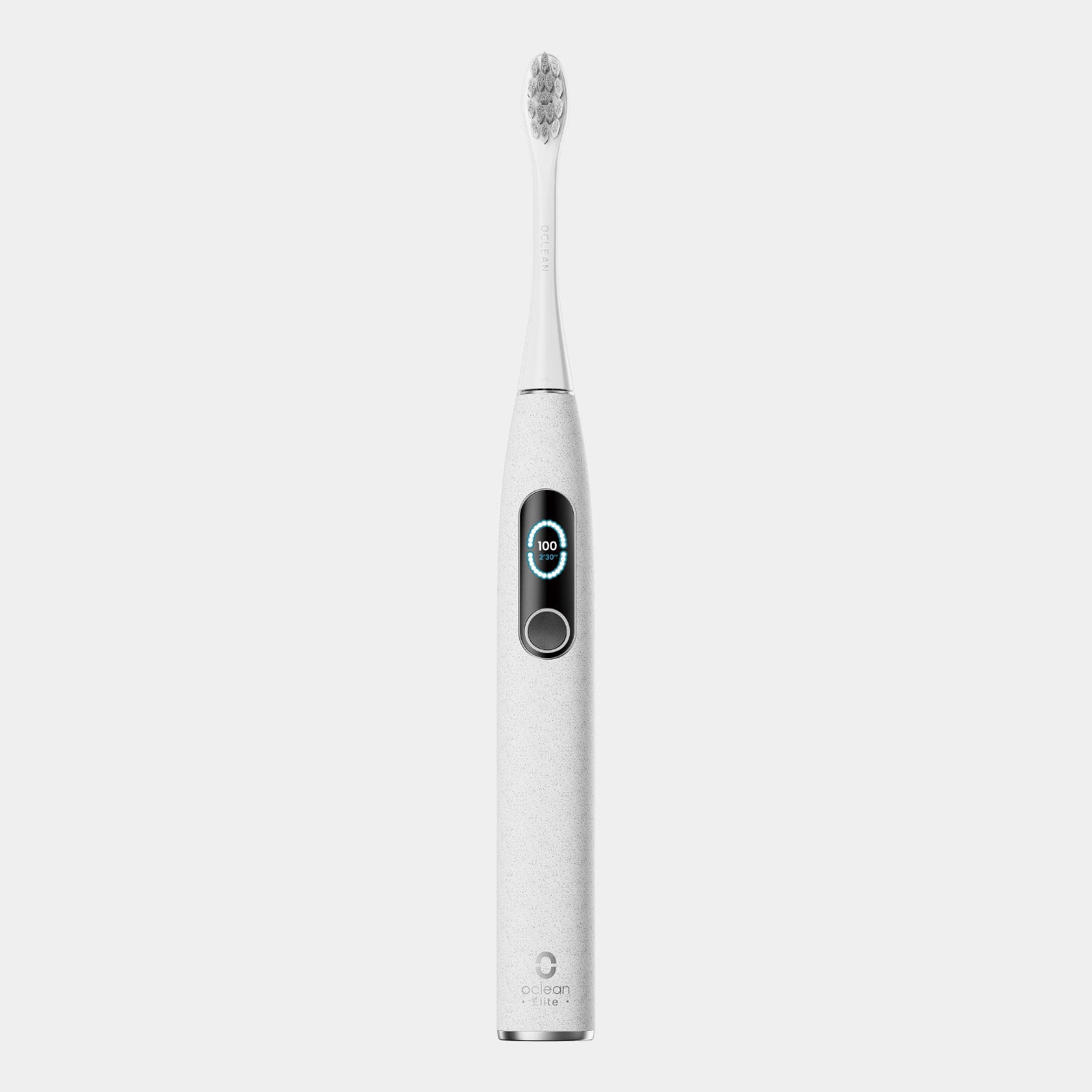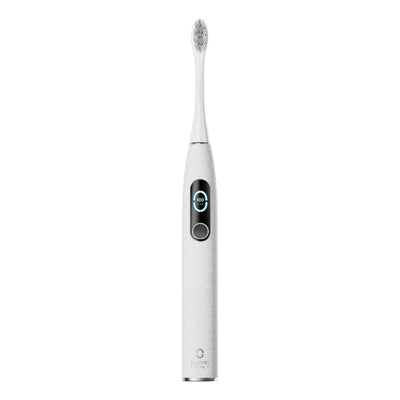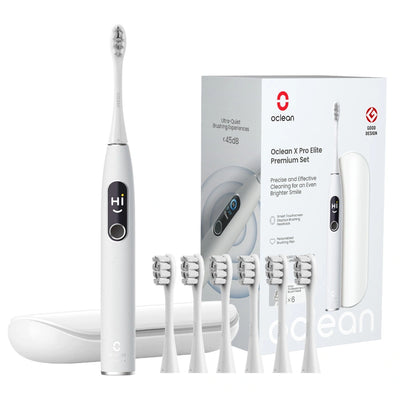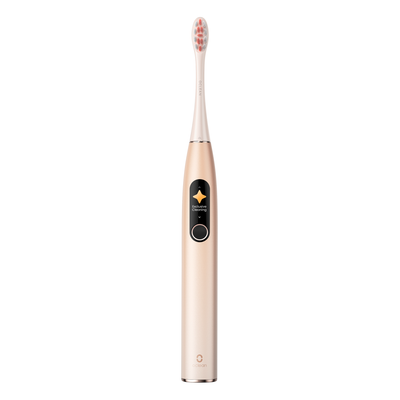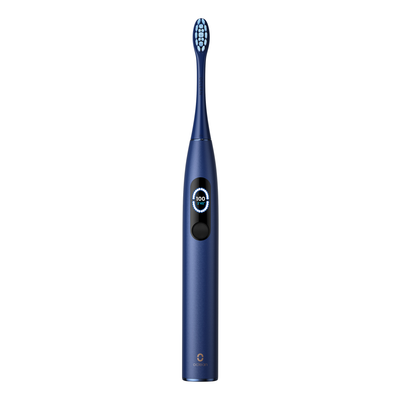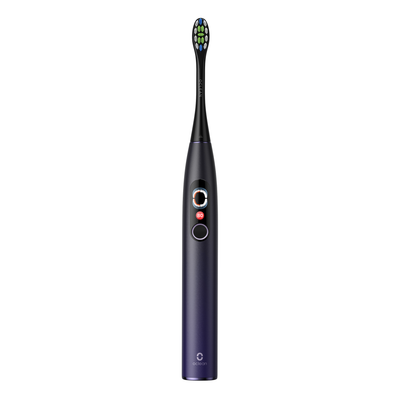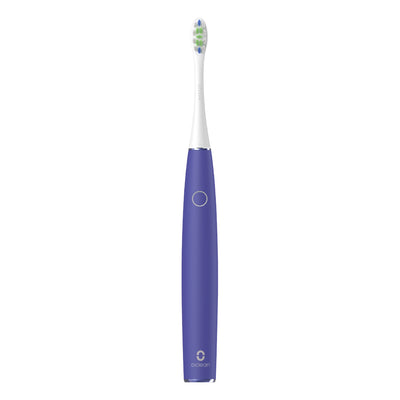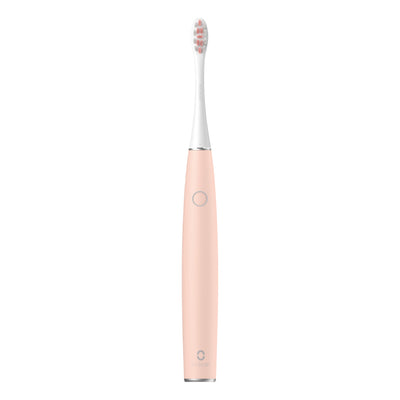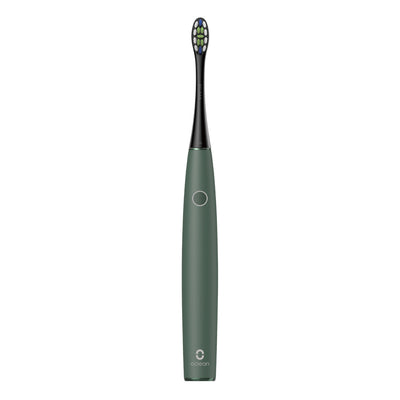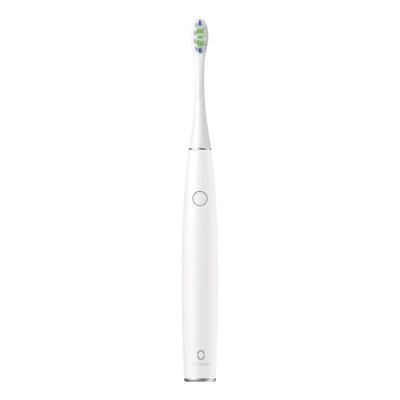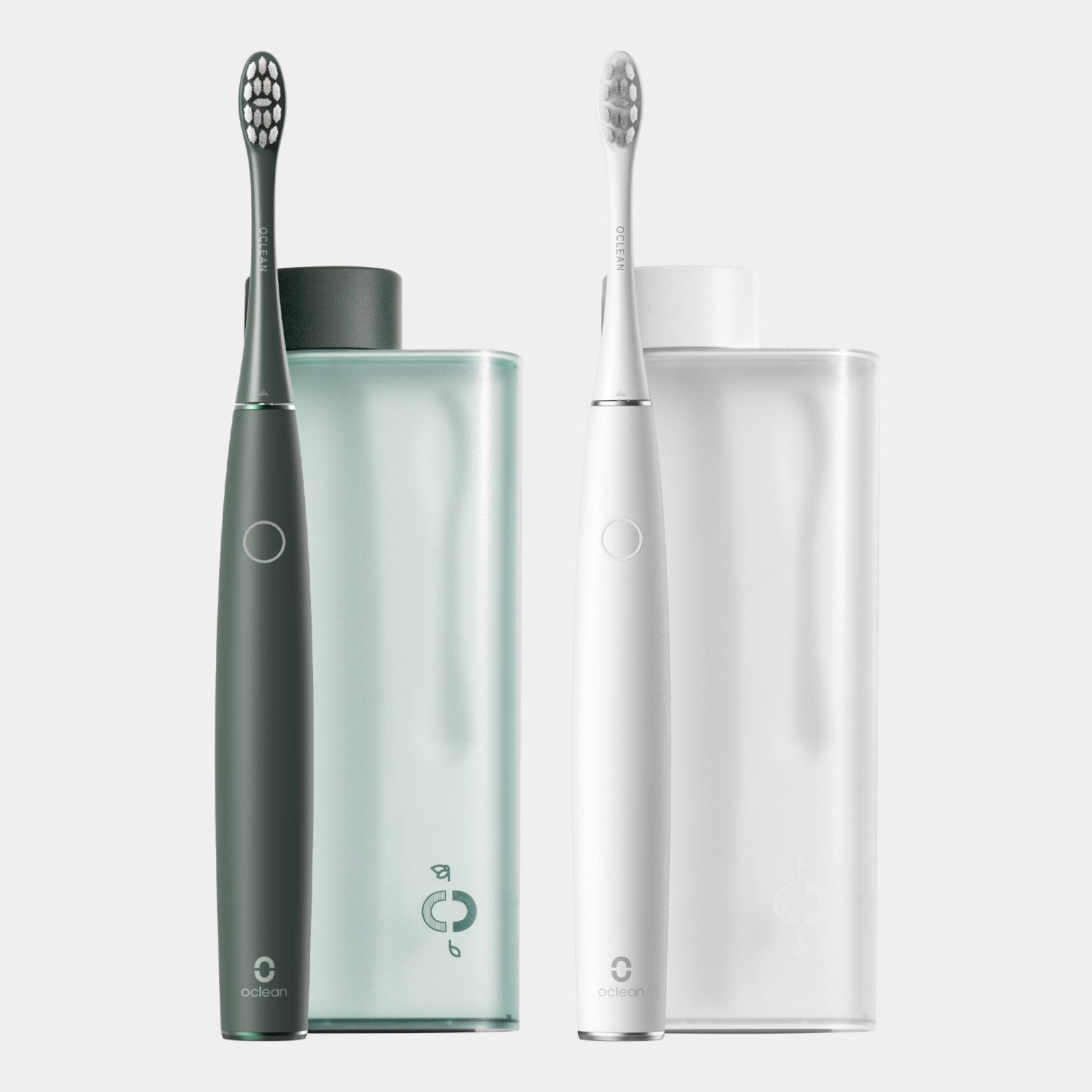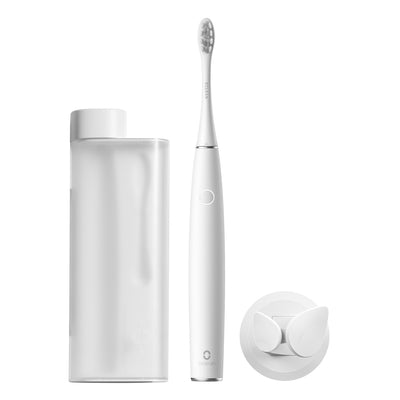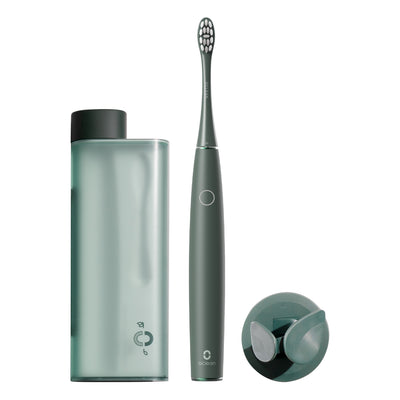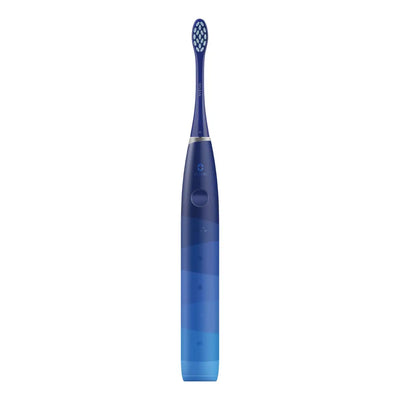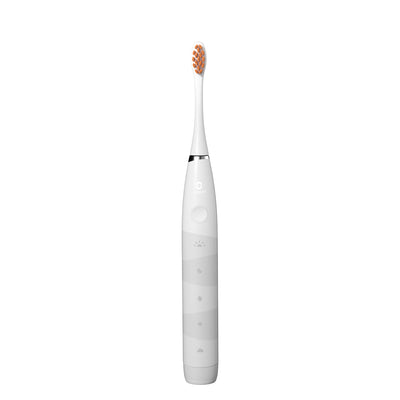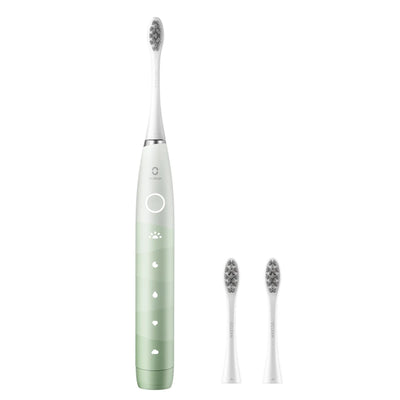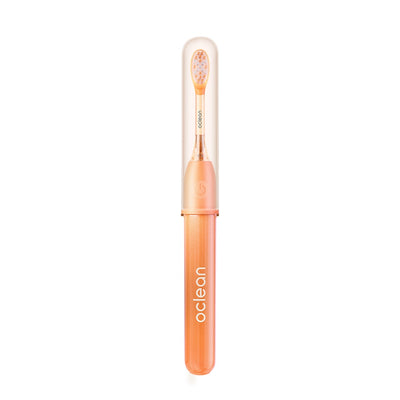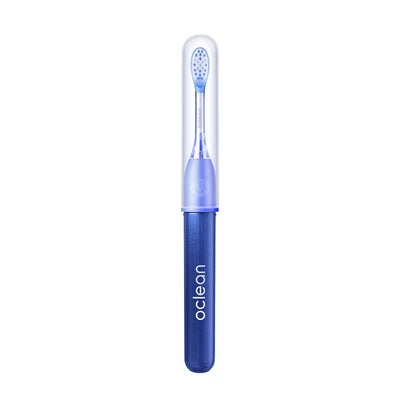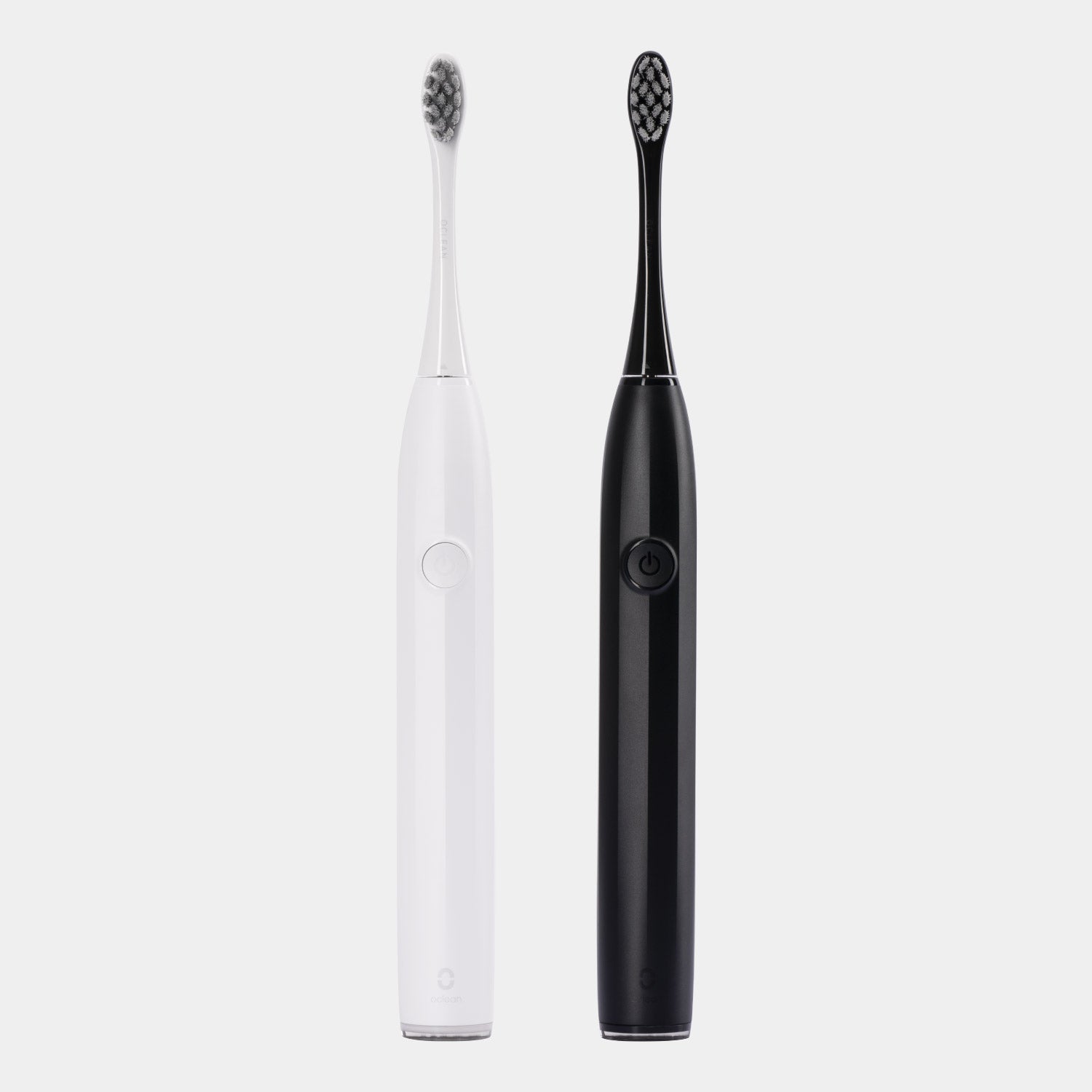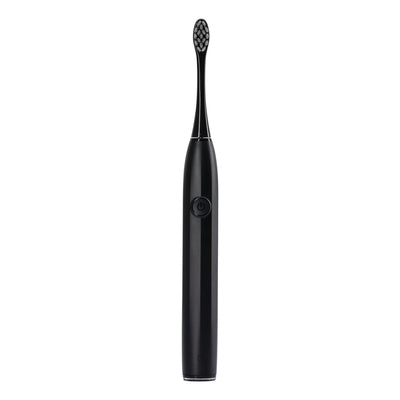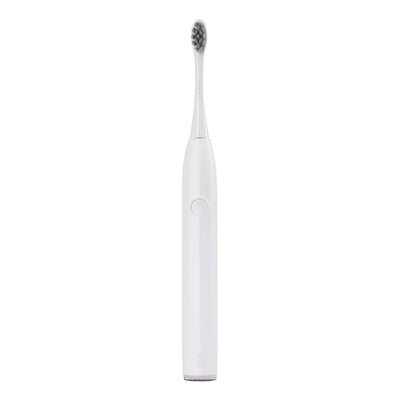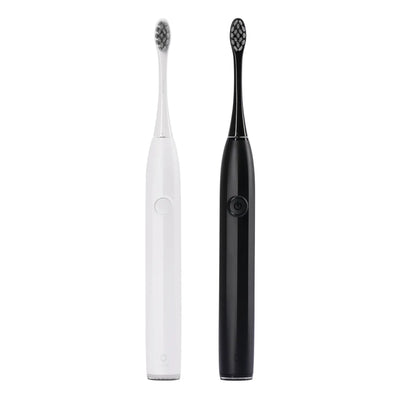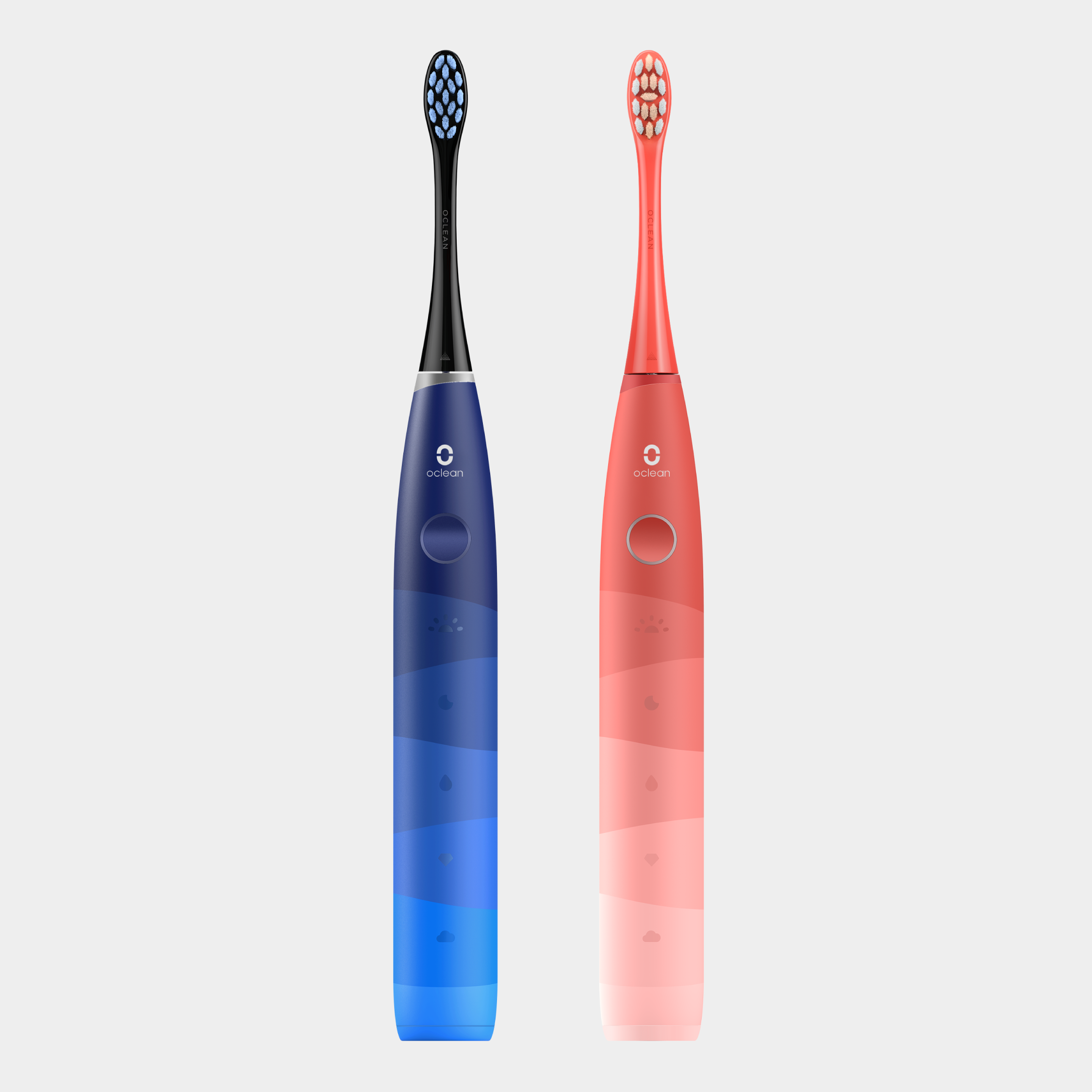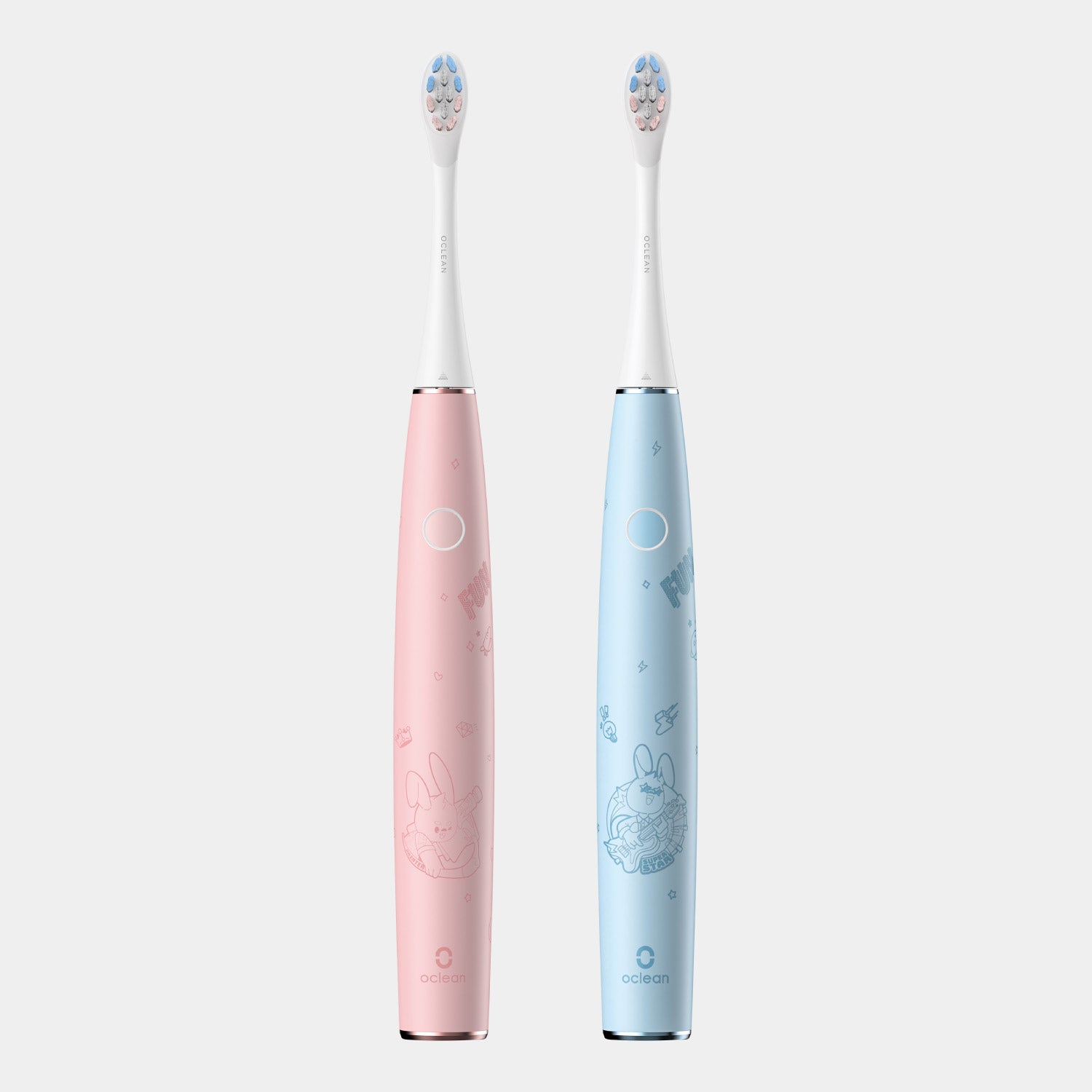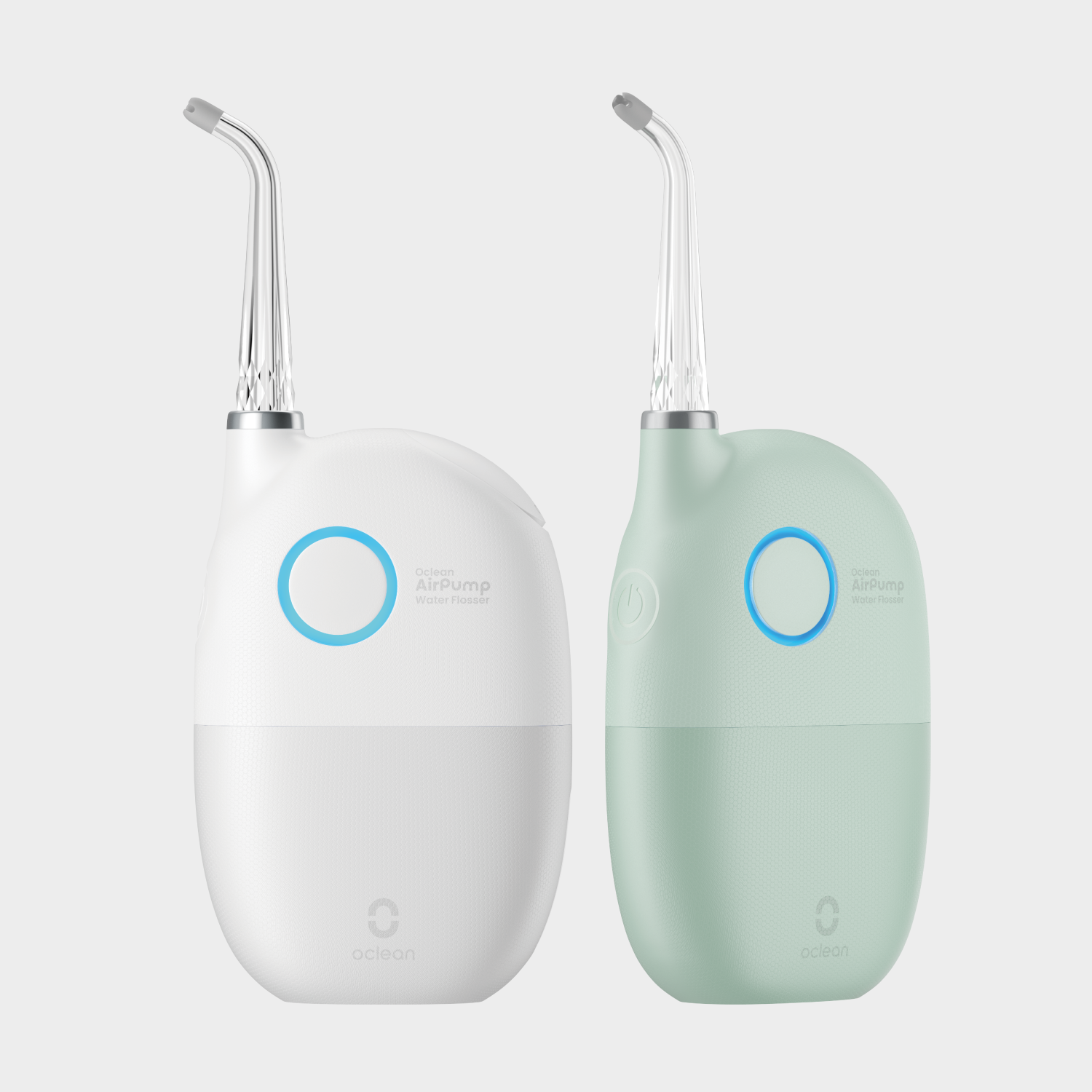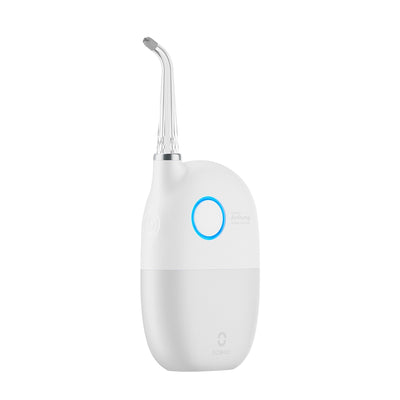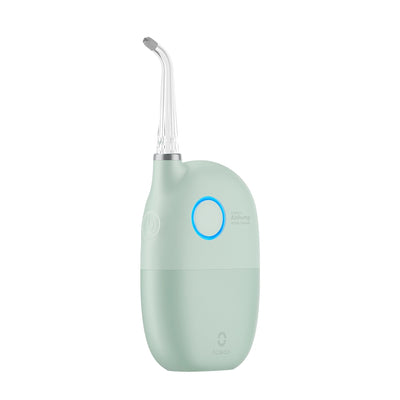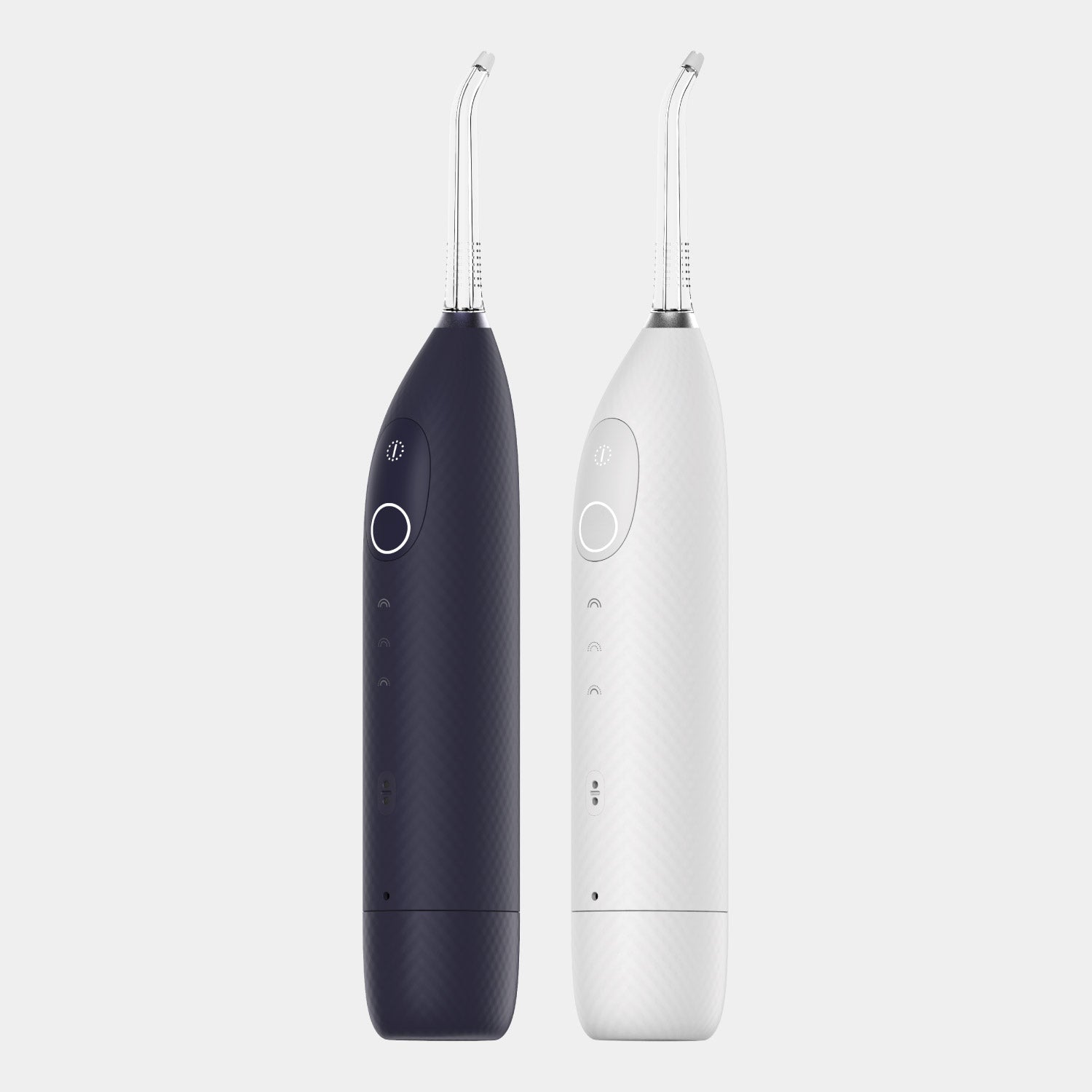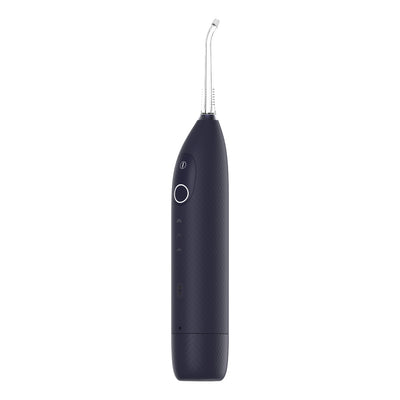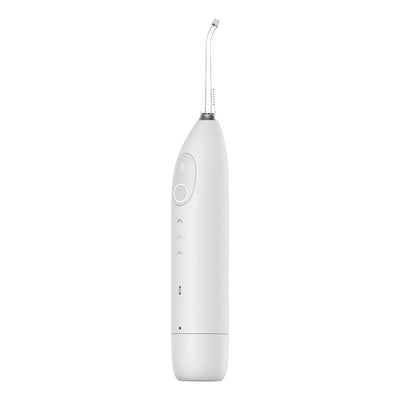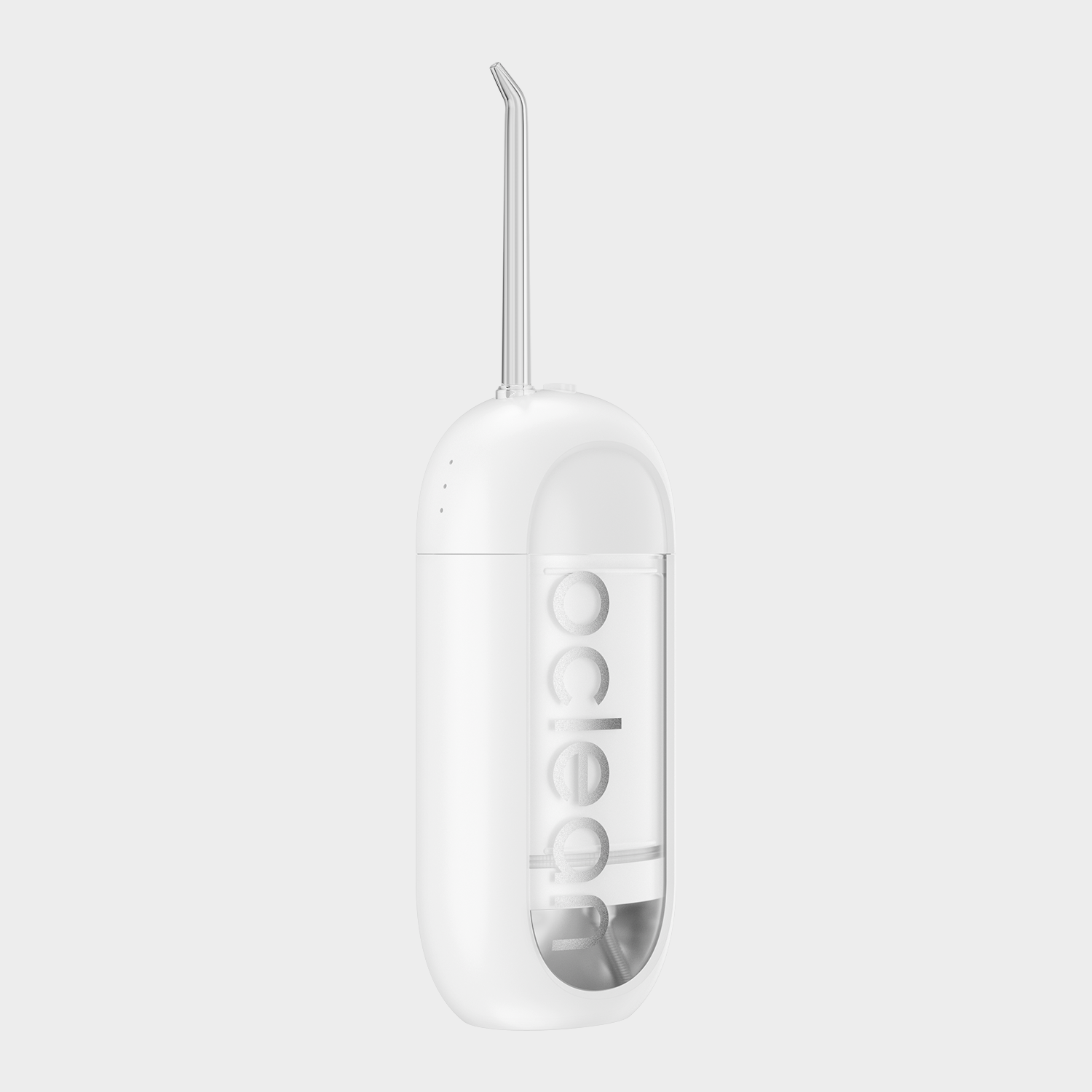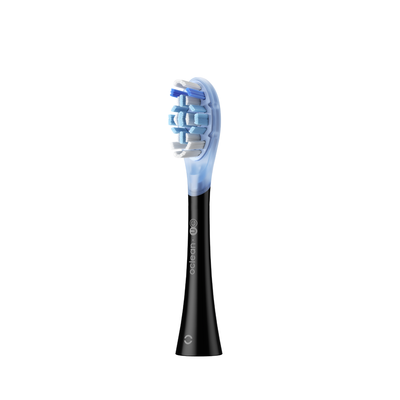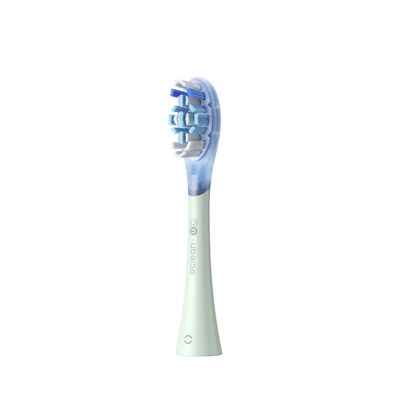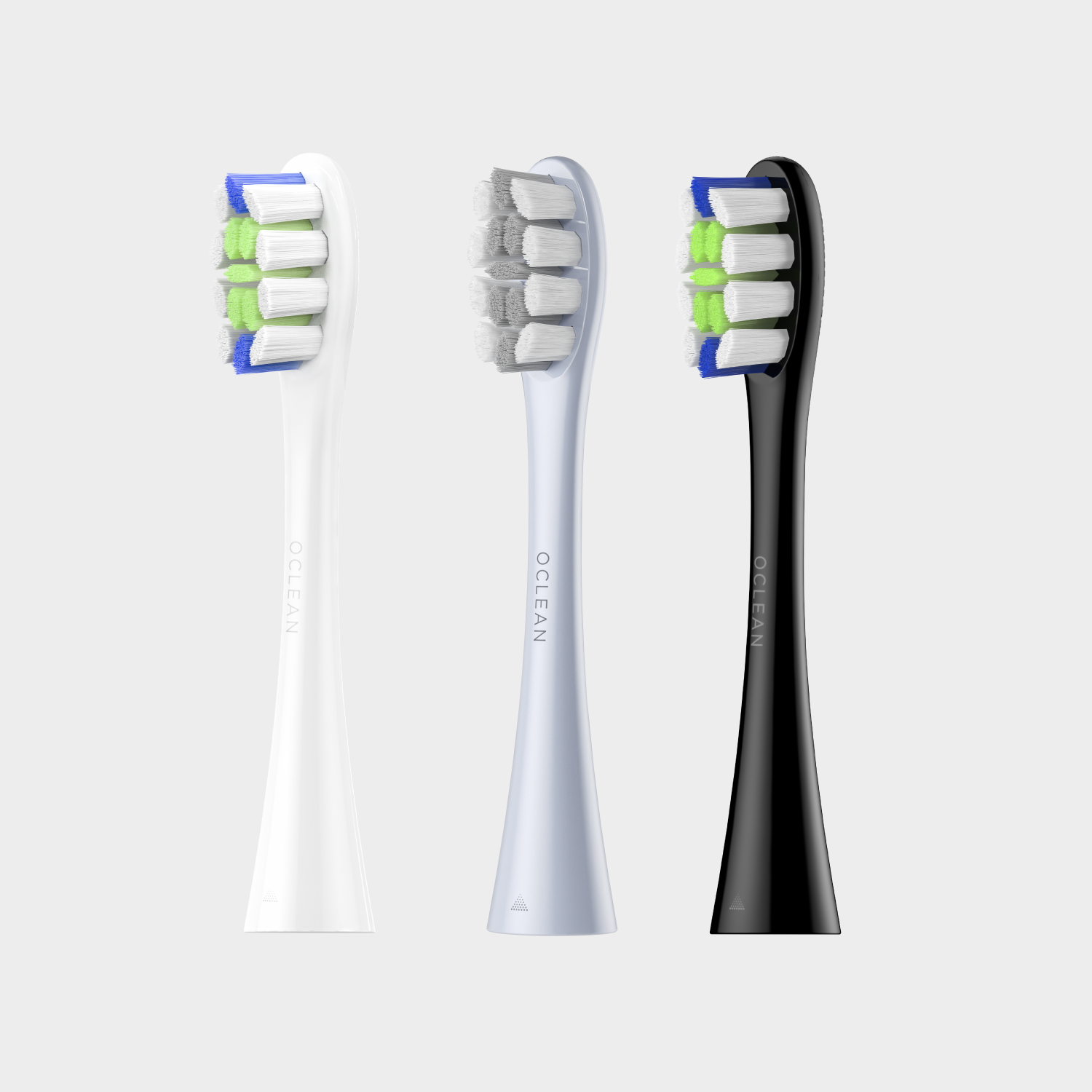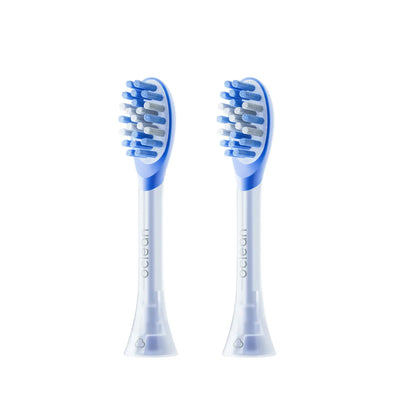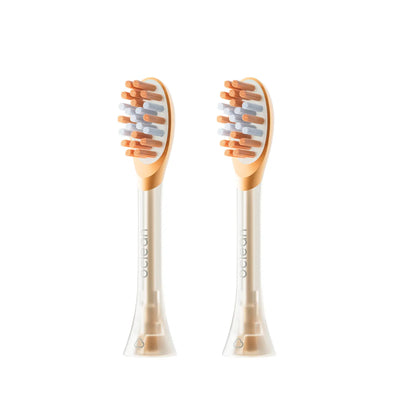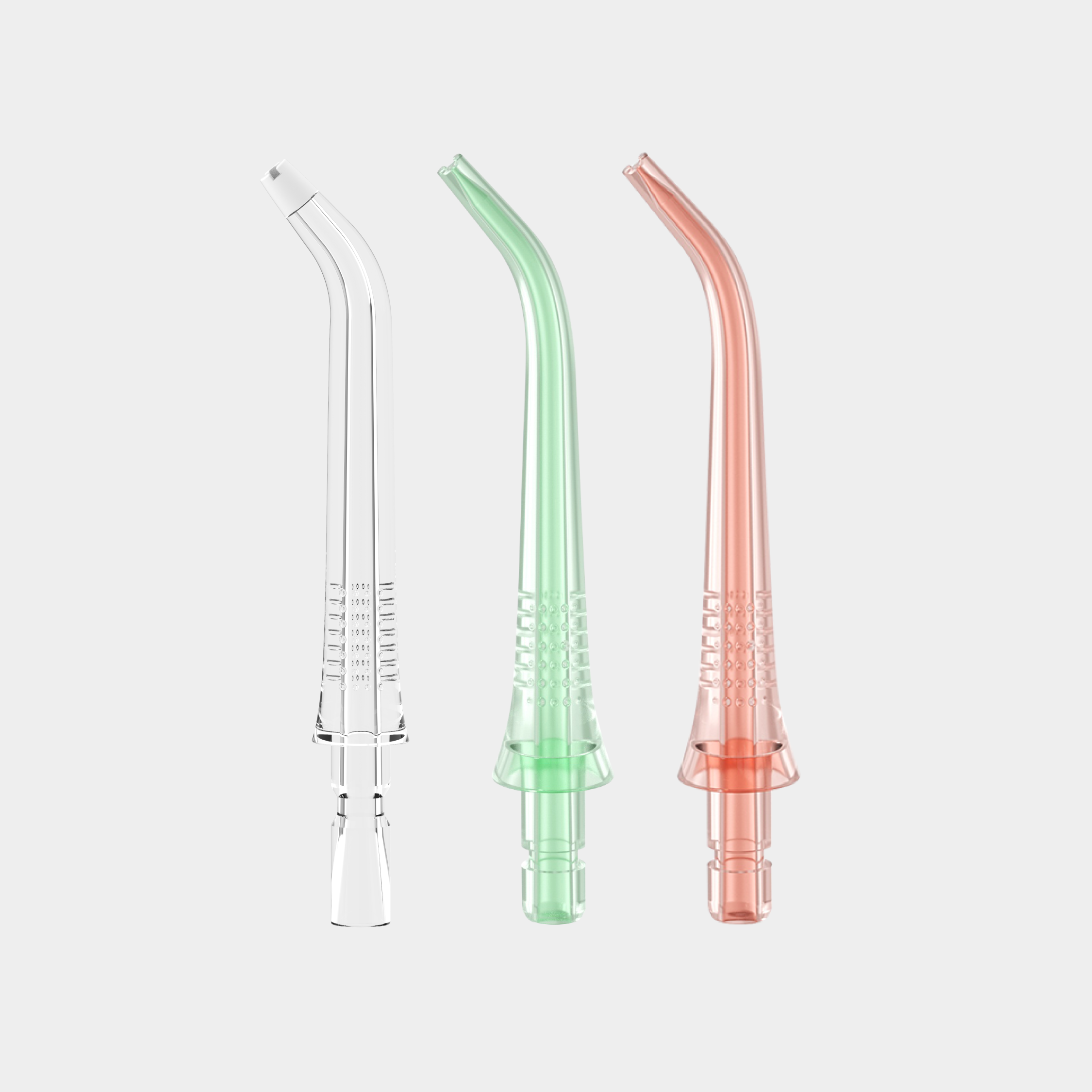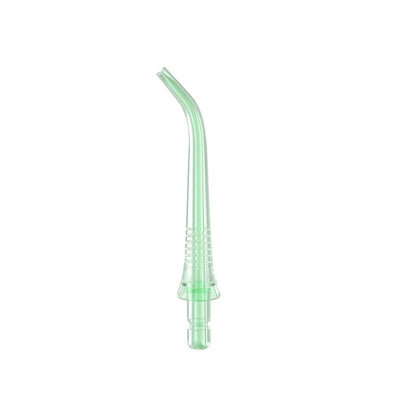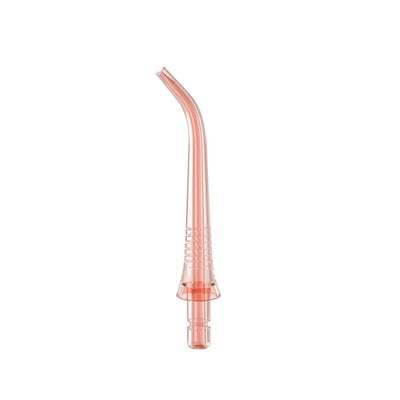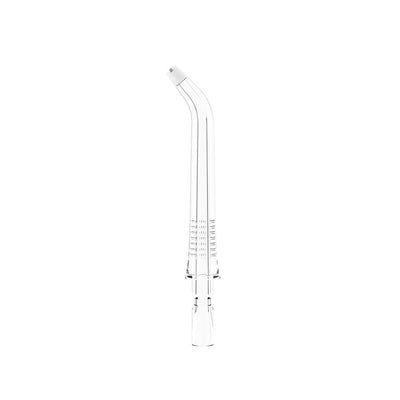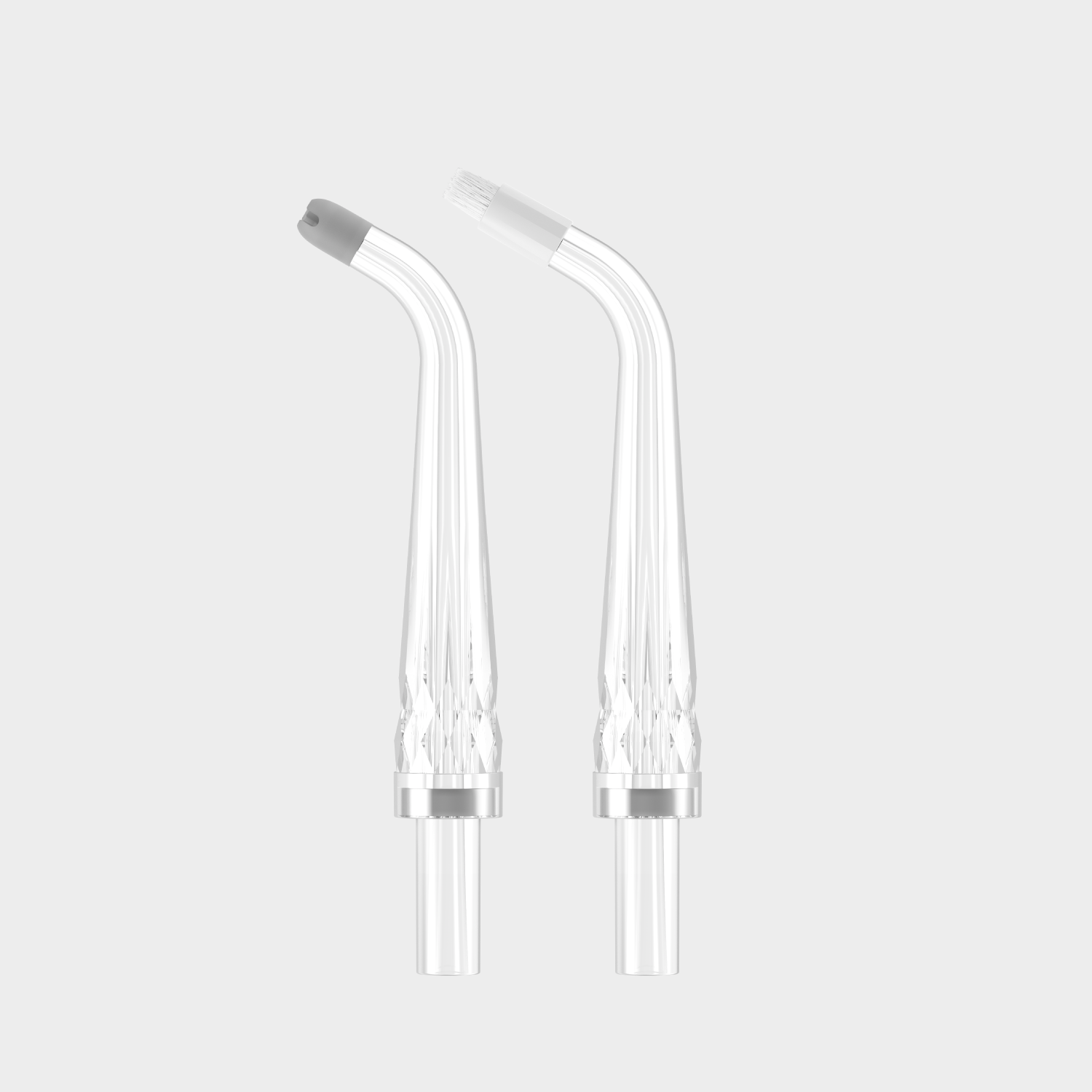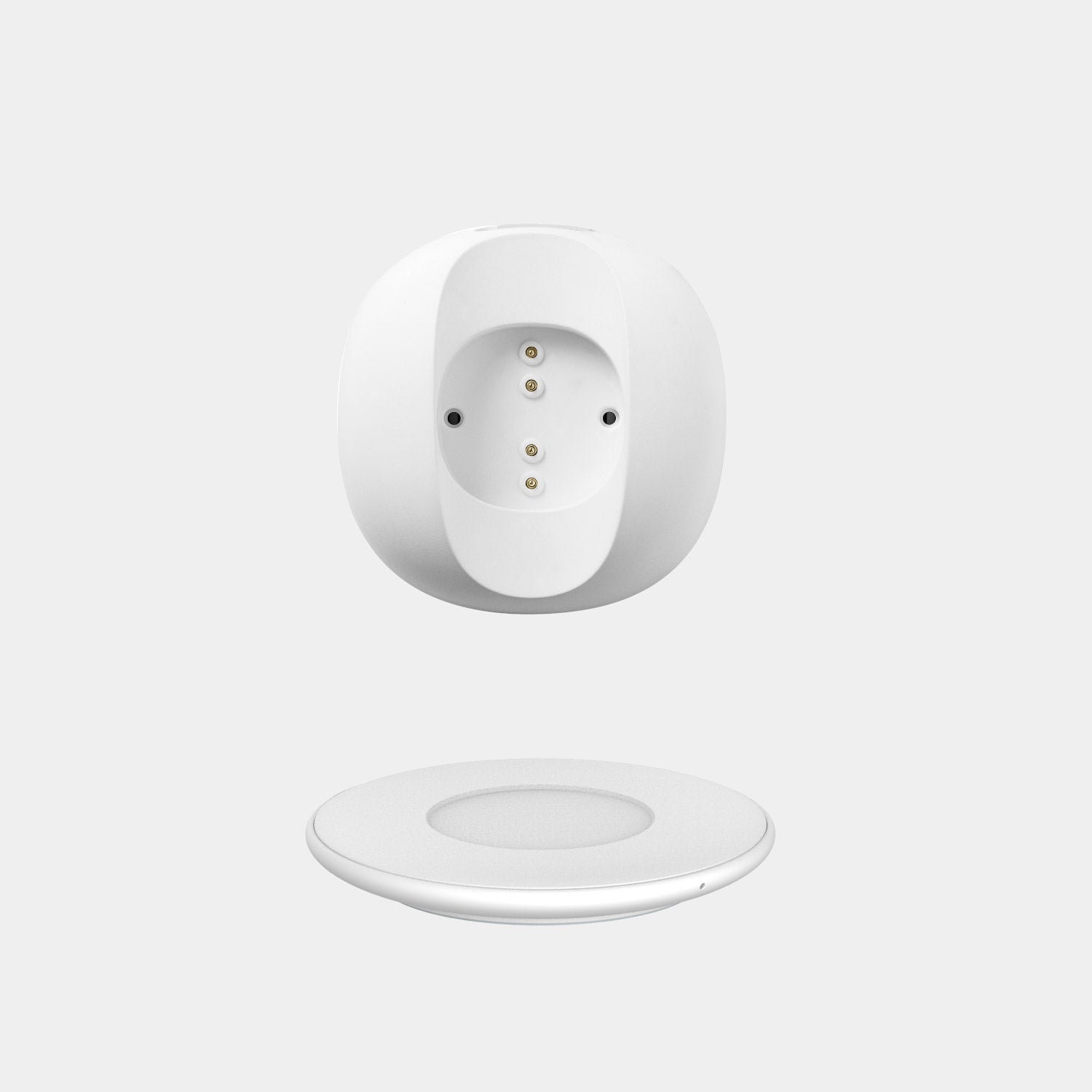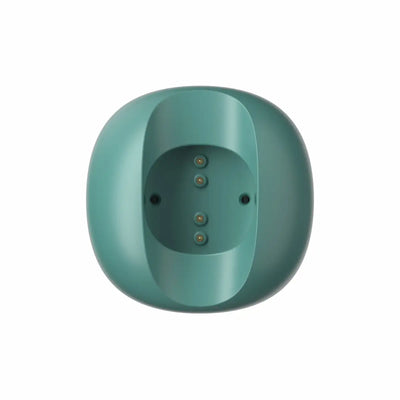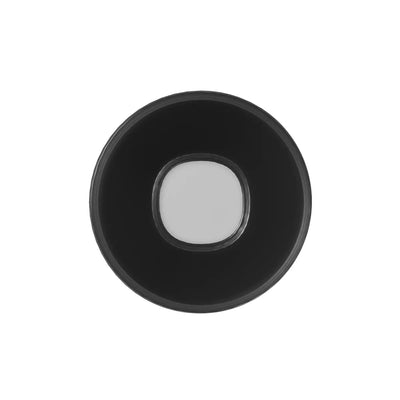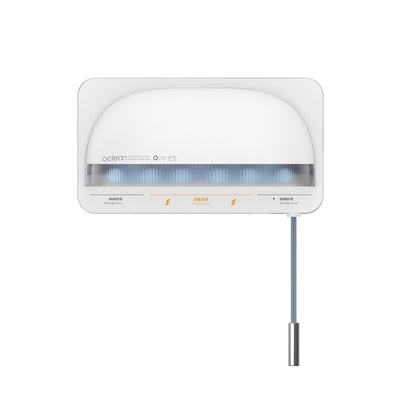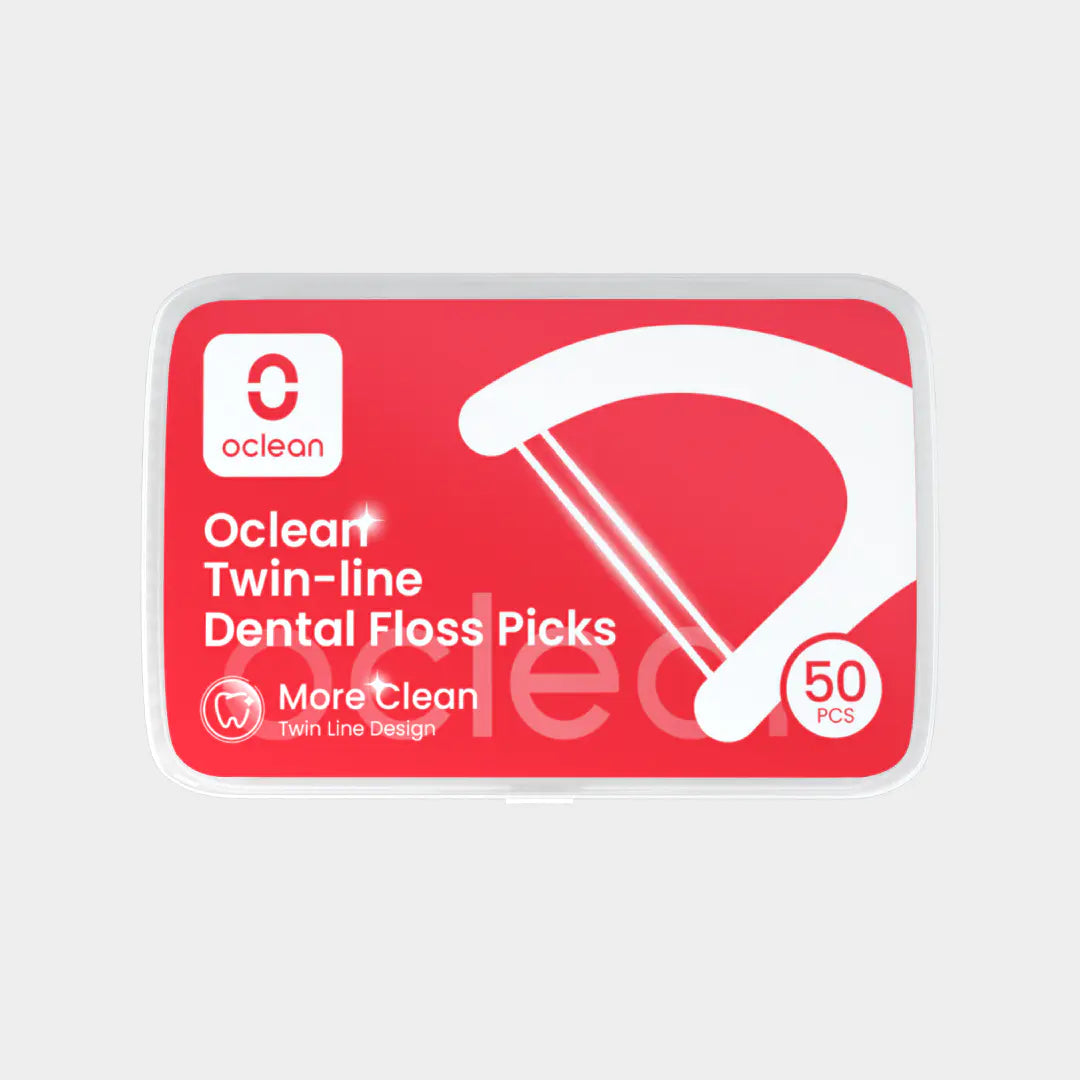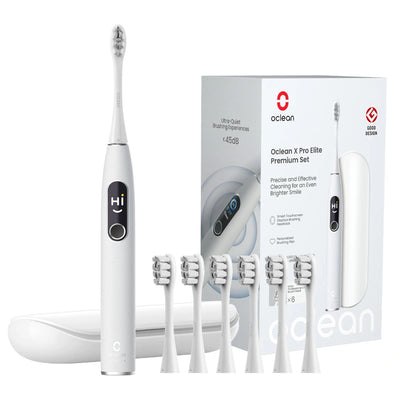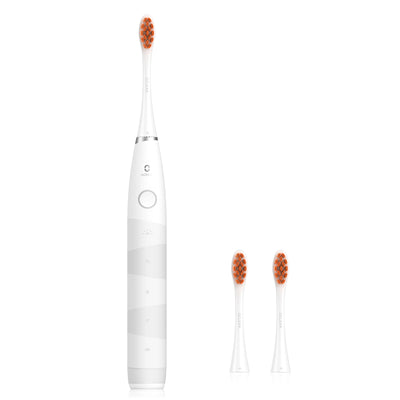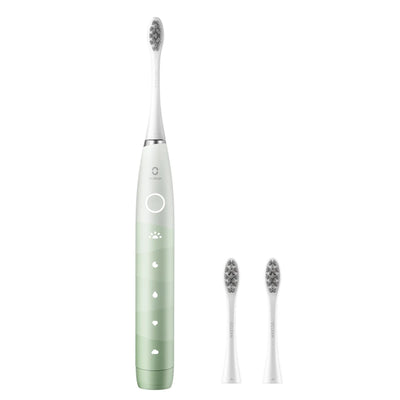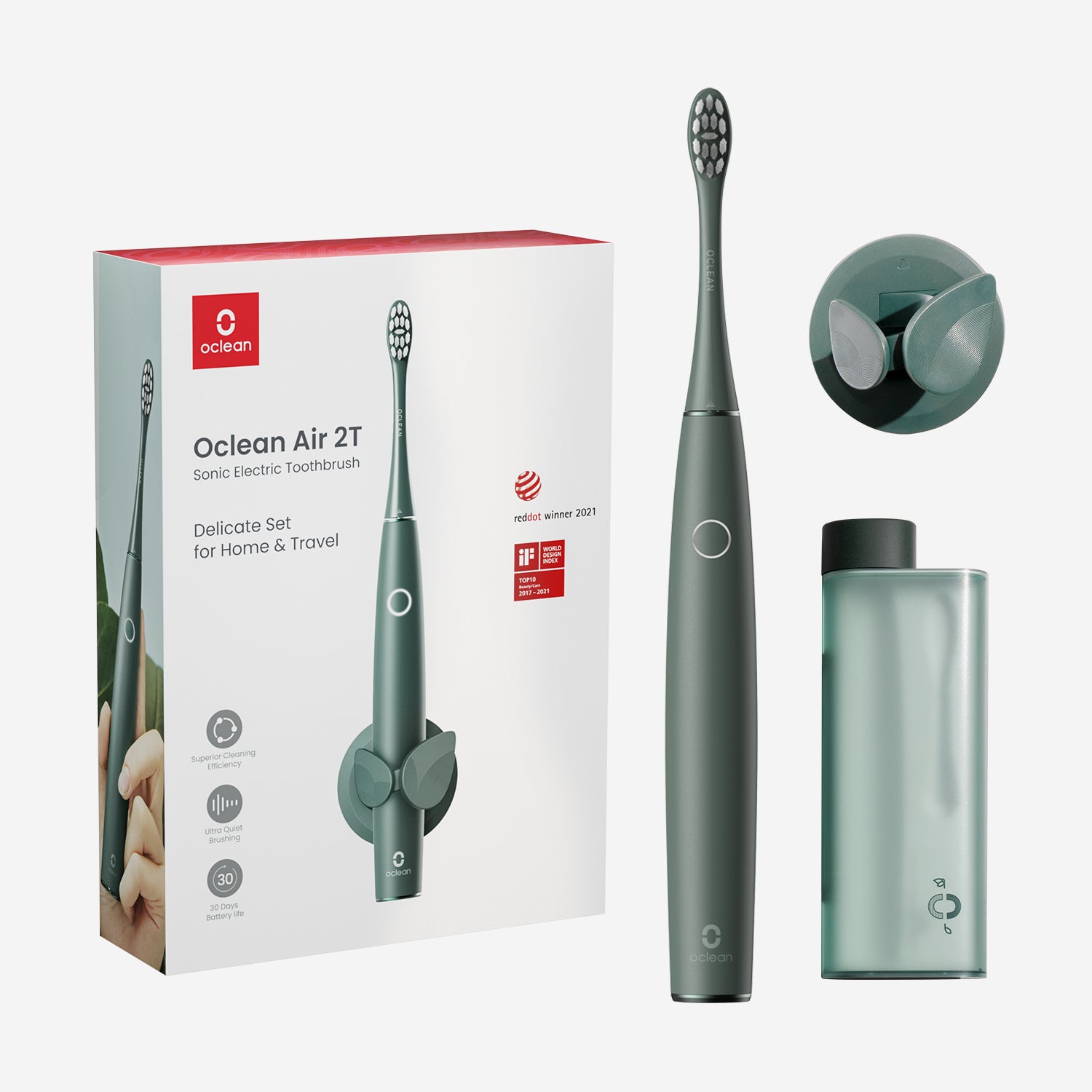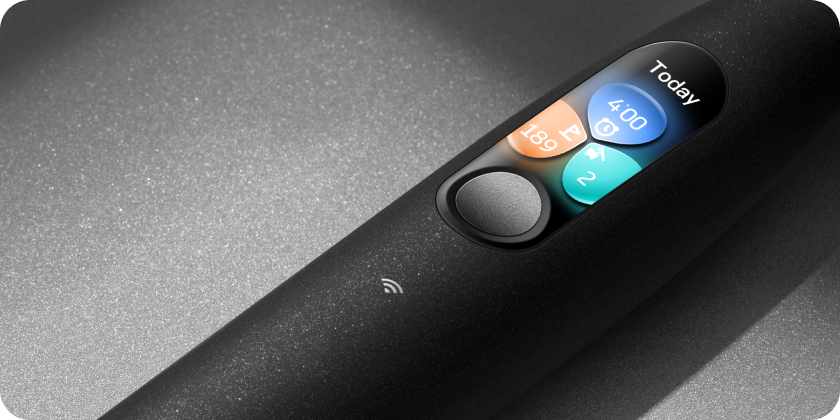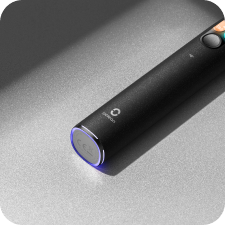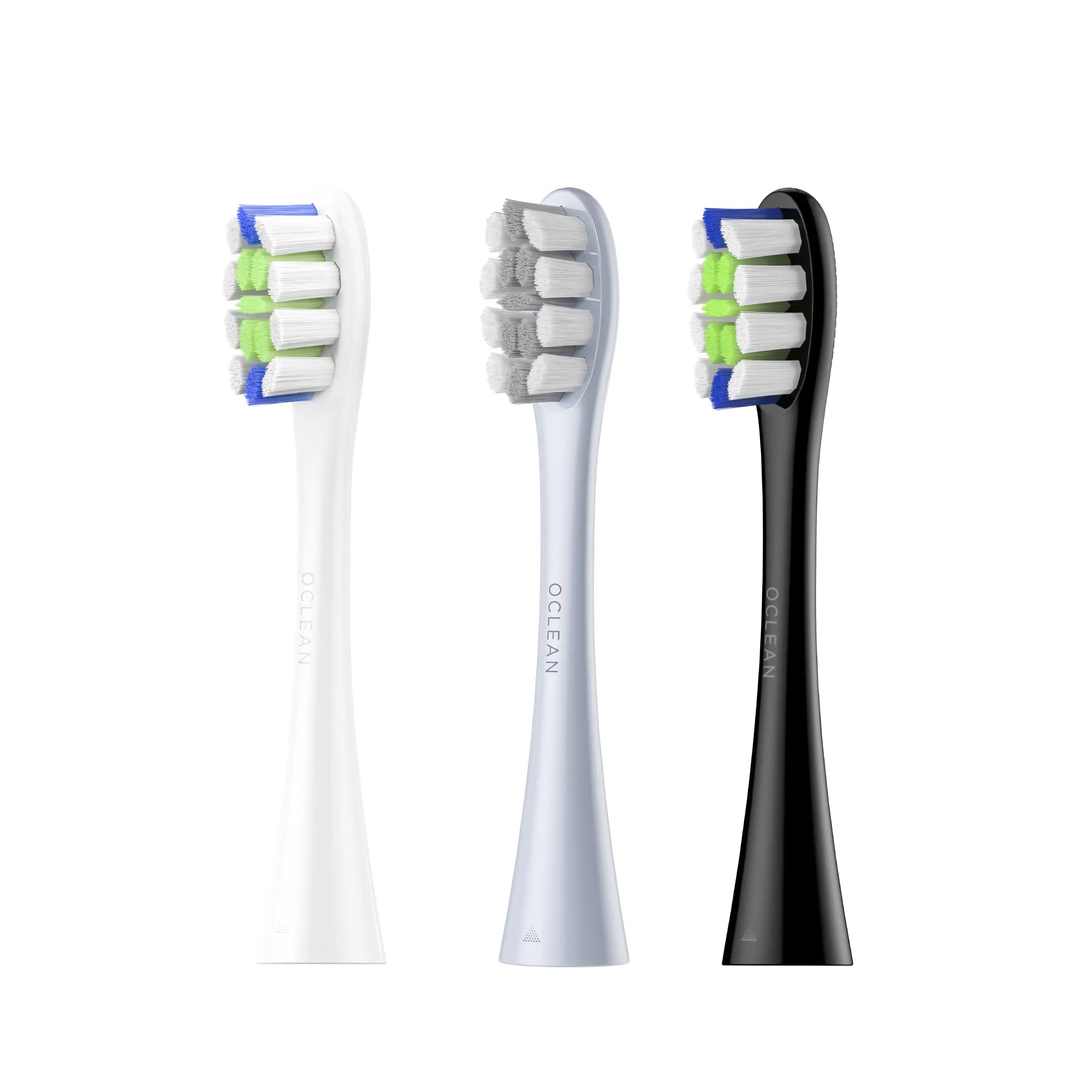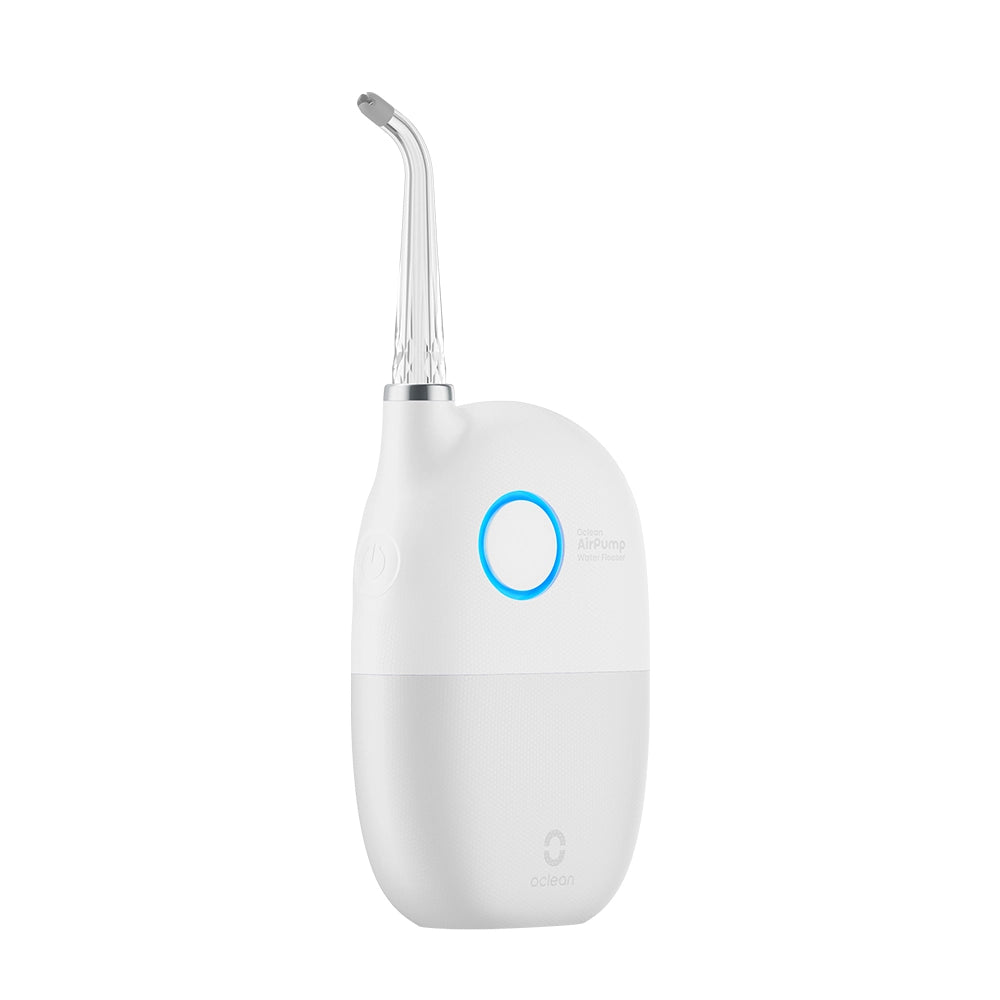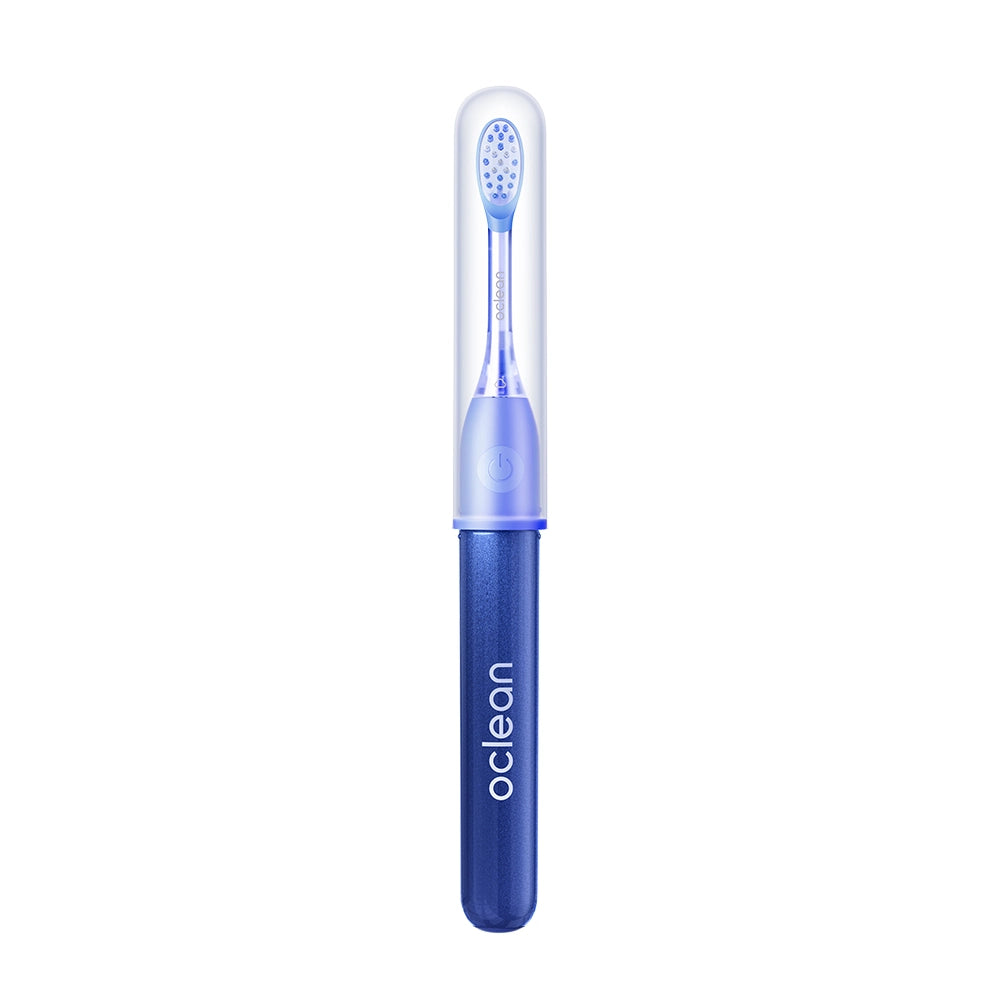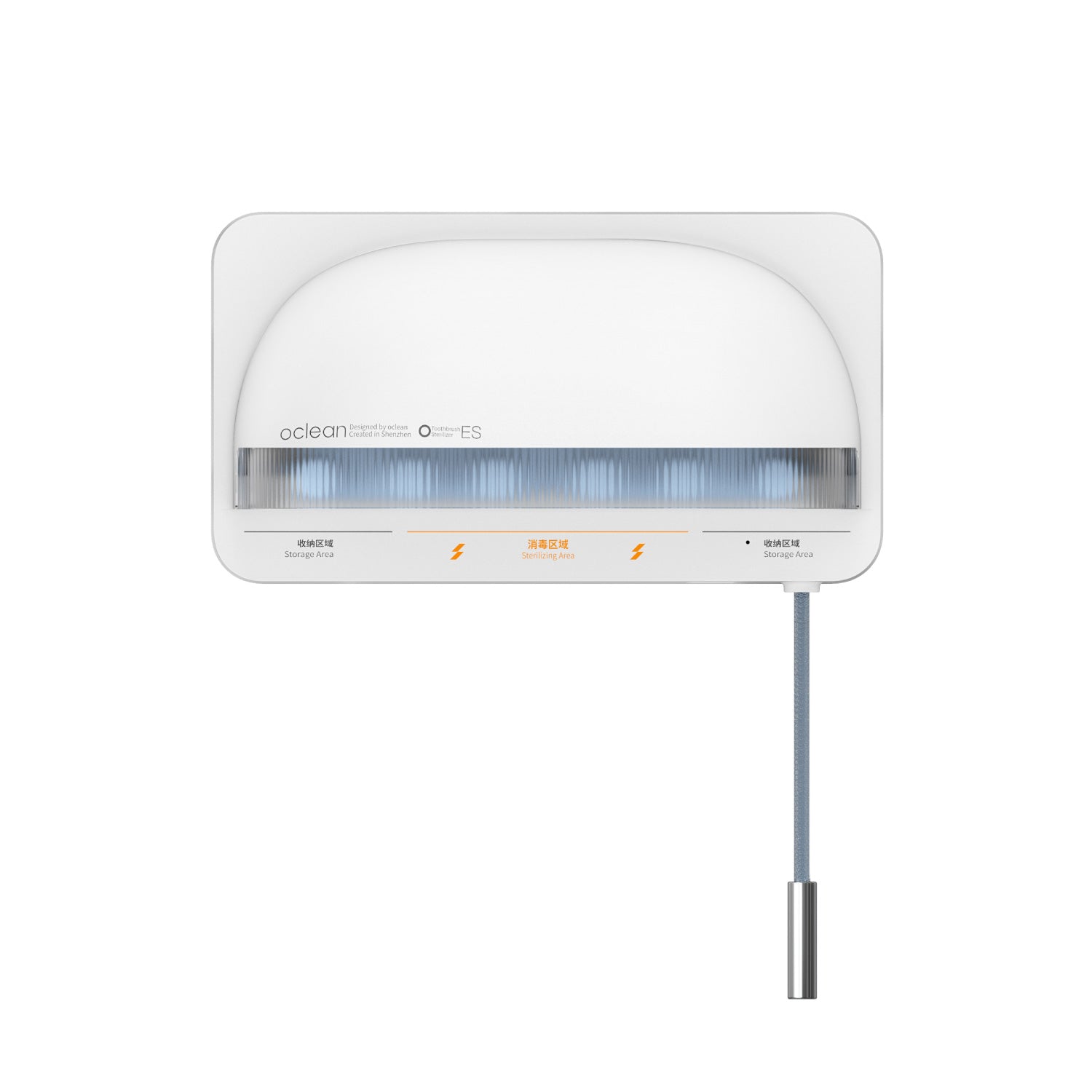Nobody ever lists "get a tooth pulled" on their bucket list, but at times, it may be the only option to preserve your smile. Whether a stubborn wisdom tooth or a cracked molar, an extraction feels a little like bodywork for the mouth.
But what happens once the chair reclines back up and you're back home? That is when the actual healing process begins—and knowing what to anticipate and how long does a tooth extraction take to heal can be a big help.
What is a Tooth Extraction?
Tooth extraction is when a dentist pulls out a tooth from your mouth. Most of the time, when a tooth is too decayed, damaged, or infected to be preserved, a dentist performs an extraction. Sometimes extraction is necessary to create space, such as before braces or when wisdom teeth are causing trouble.
The dentist first numbs the region, so you won’t feel pain. Then they loosen and remove the tooth carefully. In a few situations, they may need to cut the gum a little bit.
How Long Does a Tooth Extraction Take to Heal?
Recovery from a tooth removal can be a bit unique for each person. But in most cases, it takes about 1 to 2 weeks for the gum to fully heal. [1]
Here's a brief summary:
- First 24 hours: A blood clot develops in the socket. This is how the body begins the healing process.
- 2 to 3 days: The swelling and tenderness start to subside.
- 1 week: The soft tissues begin to cover the socket.
- 2 weeks: The recovery is mostly complete, and your mouth now feels back to normal.
Recovery Time Depends on the Type of Extraction
The two types of extractions are:
1. Simple Extraction
It is when your dentist takes out a tooth that can be seen in the mouth already. It is done when:
- The tooth is infected
- Severely decayed
- Tooth causing crowding
- Or the tooth needs to be removed for braces
You will be awake during this treatment, but your dentist will anesthetize the area so that you won’t feel pain.
How long does it take to heal?
- If the tooth is small with one root, the hole tends to close in approximately 7 days.
- If the tooth is a multi-rooted one, the hole might take about 3 weeks to close.
- Full healing (when the area no longer feels hollow or sunken) can take a few months.
2. Surgical Extraction
It is a little more complicated. [2] It is performed when:
- The tooth has not erupted through the gums (such as the wisdom teeth).
- The tooth is cracked or jammed.
- Fragments are deposited during a normal extraction
This one requires cutting into the gums and occasionally the bone. You may be given more anesthesia or sedation for your comfort.
How long does it take to heal?
- The gum tends to close in around 6 weeks.
- But the deeper healing (especially if a bone was involved) can take several months.
Tooth Extraction Procedure
Pulling a tooth can be intimidating, but your dentist will guide you through the process. Let's outline the process step by step.
What Happens Before a Tooth Extraction?
Before extracting your tooth, your dentist will:
- Look at your teeth and gums
- Take X-rays to check the roots and the nearby bone
- Do you have a medical history, and what drugs, including supplements, do you use?
Sedation Options
If you’re nervous, that’s okay. Many dentists offer sedation to help you stay calm and relaxed. Some common options include nitrous oxide (laughing gas), oral sedation, and IV sedation. [3]
What Happens During a Tooth Extraction?
The area around your tooth is numbed by your dentist using a local anesthetic.
Once you're numb, they will use special instruments to loosen and remove the tooth.
If the tooth is cracked or difficult to remove, they may need to make a small incision in your gum to be able to remove it.
After the tooth is removed:
- The space is sanitized and disinfected
- Sometimes, they insert a bone graft to maintain the jawbone's integrity.
- Stitches, if required, can be placed to facilitate healing.
How Long Does Pain Last After Tooth Extraction?
Some pain following a tooth removal is completely normal. You may also experience slight bleeding within the first 24 hours. [4] That's your body creating a blood clot to cover the socket — a necessary step in the healing process.
For most people:
- Peak pain occurs in the first 2 to 3 days.
- It typically begins to subside after day 3.
What Can I Eat After a Tooth Extraction?
You may experience a sore mouth after the treatment, so you’ll want to stick to soft foods for a couple of days. Avoid anything that's crunchy, hard, sticky, or spicy.
Good choices are:
- Mashed potatoes
- Soup (not so hot)
- Scrambled eggs
- Smoothies (without a straw)
- Pasta or rice
Do not use straws. Suction can dislodge the blood clot and cause a dry socket.
What Happens After a Tooth Extraction?
Immediately after the extraction of the tooth:
- Your dentist will place a piece of gauze on the spot
- You need to bite down carefully to stop the bleeding and facilitate a blood clot
You may notice some slight bleeding for 24 hours. That's normal. Simply obey your dentist, get plenty of rest, and don't disturb the area (such as by spitting or sucking straws).
Risks or Complications of Tooth Extraction
Tooth extractions are normally safe. However, as with any procedure, they do carry some risks. A few of these are as follows:
- Infection: If bacteria get into the area, it can cause swelling, pain, or pus. [5]
- Dry socket: It is a condition that occurs when the blood clot is lost prematurely. It is extremely painful.
- Nerve damage: Unlikely, but can happen — particularly with wisdom teeth close to nerves.
- Sinus issues: Upper teeth are close to the sinus. Sometimes the sinus can be affected during the removal.
- Slow healing: Some heal more slowly, particularly if they are smokers or ill.
Call your dentist immediately if you see anything unusual, such as pain that is very intense, fever, or swelling.
How Long Does a Wisdom Tooth Extraction Take to Heal?
Healing of wisdom teeth can be a little longer compared to normal extractions. Wisdom teeth are larger and tend to be more difficult to remove.
In general cases:
- You should be feeling better within 3 to 5 days.
- The swelling normally subsides by day 4.
- It takes approximately 2 weeks for your gum tissue to completely close.
Deep healing, such as the filling in of the bone, may take 3–4 months.
If your tooth became impacted or required stitches, the recovery may be a bit longer. Don’t worry, though — you’ll be fine in no time if you take proper care.
Tooth Extraction Aftercare Tips
How you care for yourself after a tooth extraction makes a big impact in regard to how efficiently and quickly you recover. Below is a quick rundown to assist you in recovering nicely.
- Keep the area clean. Don’t brush the spot of the wound itself. Rinse with warm salt water gently after 24 hours. Antibacterial mouthwash can be used as well.
- Take your medication. Use pain relievers or antibiotics as instructed by your dentist. Pain relievers ease pain, and antibiotics fight infection.
- Consume soft foods. Mashed potatoes, soup, scrambled eggs, or yogurt, for example. Absolutely nothing crunchy, spicy, or extremely hot.
- Take a rest. No gym, running, or heavy weightlifting for 2-3 days.
- Lift your head up while resting. It decreases swelling.
- Apply ice packs. Place one on your cheek for 10–20 minutes at a time during the first 24 hours.
The Bottom Line
Tooth extraction healing takes time, but most individuals feel better within a few days. Take your dentist's recommendations, care for the area, and avoid anything that might disturb the blood clot. Eat soft foods, rest well, and do not rush your recovery. Should you experience excess pain, swelling, or bleeding, contact your dentist immediately. With the right care, you’ll be back to normal in no time!
Reference
Tahreem Fathima, and Santhosh Kumar. Evaluation of Quality of Life Following Dental Extraction. Vol. 13, no. Suppl 1, 1 Nov. 2022, pp. S102–S107, www.ncbi.nlm.nih.gov/pmc/articles/PMC9836172/, https://doi.org/10.4103/japtr.japtr_361_22.
Gadhia, Alisha, and Tom Pepper. “Oral Surgery, Extraction of Teeth.” PubMed, StatPearls Publishing, 1 June 2023, www.ncbi.nlm.nih.gov/books/NBK589654/.
Al-Bahlani, S., et al. “Tooth Extraction, Bleeding and Pain Control.” Journal of the Royal College of Surgeons of Edinburgh, vol. 46, no. 5, 1 Oct. 2001, pp. 261–264, pubmed.ncbi.nlm.nih.gov/11697691/.
Al-Khateeb, Taiseer Hussain, and Amir Alnahar. “Pain Experience after Simple Tooth Extraction.” Journal of Oral and Maxillofacial Surgery, vol. 66, no. 5, May 2008, pp. 911–917, https://doi.org/10.1016/j.joms.2007.12.008. Accessed 8 June 2021.
Miclotte, I., et al. “Incidence and Treatment of Complications in Patients Who Had Third Molars or Other Teeth Extracted.” British Journal of Oral and Maxillofacial Surgery, vol. 56, no. 5, June 2018, pp. 388–393, https://doi.org/10.1016/j.bjoms.2018.02.001.
Table of Contents

